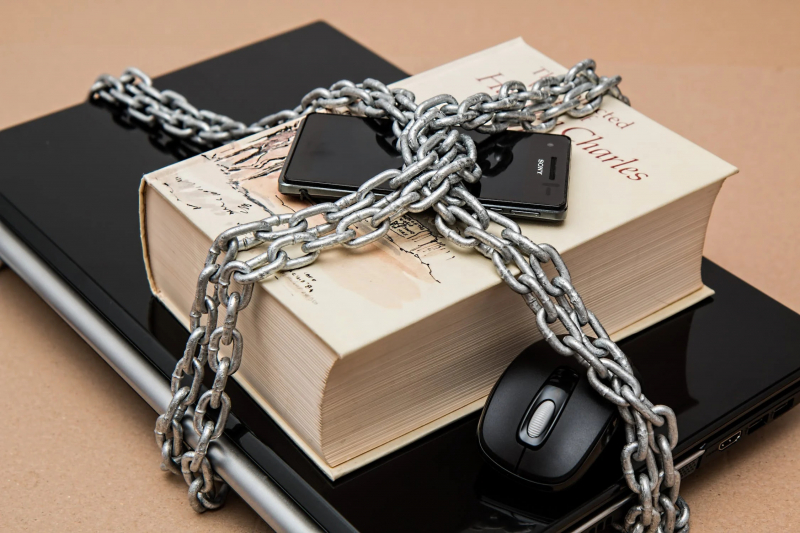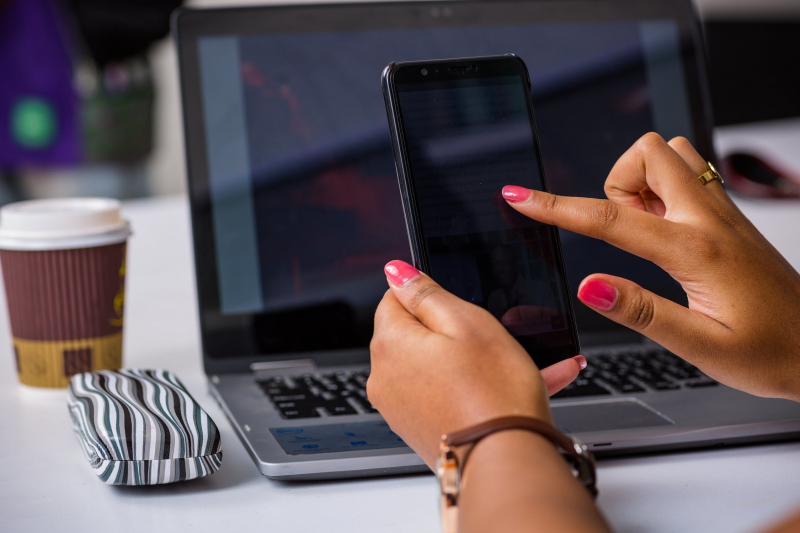Require Two-Factor Authentication
Implementing two-factor authentication (2FA) is an effective measure to bolster the security of your company's virtual water cooler. By requiring employees to go through an additional authentication step beyond their password, you add an extra layer of protection against unauthorized access.
Encourage your team members to enable 2FA for their accounts on your virtual water cooler communication platform. Two-factor authentication typically involves a combination of something the user knows (password) and something they have (a unique code or token). This code is often sent via text message, email, or generated through an authentication app.
Enabling 2FA helps mitigate the risks associated with weak passwords or password reuse. Even if an attacker manages to obtain someone's password, they would still require the additional authentication factor to gain access to the virtual water cooler.
Educate your employees about the benefits of 2FA and provide clear instructions on how to set it up for their accounts. Emphasize the importance of using unique and strong passwords in combination with 2FA to maintain the highest level of security.
By implementing two-factor authentication, you significantly enhance the security posture of your virtual water cooler, safeguarding your company's data and reducing the risk of unauthorized access.







